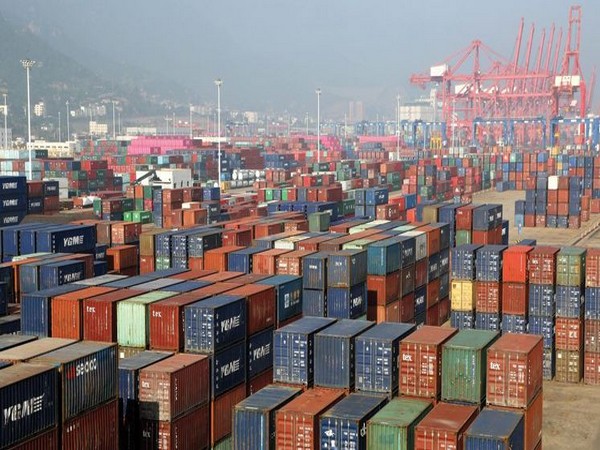New Delhi: India’s foreign exchange reserves which have reached an all-time high are sufficient to cover 11 months of projected imports, according to the Monthly Economic Review report of the Department of Economic Affairs under the Ministry of Finance.
Also, the current foreign exchange reserves are sufficient to cover more than 100 per cent of total external debt. Notably, capital inflows in India saw a significant turnaround in the just-concluded financial year 2023-24.
India’s foreign exchange reserves have risen for the seventh straight week to hit an all-time high of USD 648.562 billion in the week that ended on April 12. Foreign exchange reserves have risen about USD 23 billion, on a cumulative basis, in 2024 so far.
Forex reserves, or foreign exchange reserves (FX reserves), are assets that are held by a nation’s central bank or monetary authority. It is generally held in reserve currencies, usually the US Dollar and, to a lesser degree, the Euro, Japanese Yen, and Pound Sterling.
The country’s foreign exchange reserves last touched their all-time high in October 2021. Much of the decline after that can be attributed to a rise in the cost of imported goods in 2022.
Also, the relative fall in forex reserves could be linked to the RBI’s intervention, from time to time, in the market to defend the uneven depreciation in the rupee against a surging US dollar. Typically, the RBI, from time to time, intervenes in the market through liquidity management, including through the sale of dollars, to prevent a steep depreciation in the rupee.
The RBI closely monitors the foreign exchange markets and intervenes only to maintain orderly market conditions by containing excessive volatility in the exchange rate, without reference to any pre-determined target level or band.
The Monthly Economic Review report noted that the Rupee-USD exchange rate hovered in the range of Rs 82-83.5 per USD, being one of the least volatile major currencies among its emerging market peers and a few advanced economies in 2023-24.
The Rupee also exhibited the lowest volatility in 2023-24 compared to the previous three years.
“The relative stability of the rupee, despite a stronger US dollar and elevated US treasury yields, reflects the strength of the Indian economy’s sound macroeconomic fundamentals, financial stability, and improvements in external position,” the report read.
Going forward, robust foreign inflows and comfortable trade deficits are expected to keep the rupee within a comfortable range, it added. (ANI)












